Toilets are a crucial part of any home, and they’re not something you can live without. And when it comes to plumbing, toilets are perhaps even more essential than sinks or shower drains, and if you’re at all familiar with how clogged drains happen, you know that the toilet is especially vulnerable to blockage. Many of the most common causes of clogged toilets are similar to regular drain blockages, but toilets have some unique considerations. Before you call plumbers in Romford to help you out, you should understand what causes the toilets to block. Here are a few of the main reasons for a clogged toilet.
1. Partially-Blocked S-Traps
The S-shaped pipe connecting your toilet to the drain line is called an s-trap, an essential component of your toilet’s plumbing system. This pipe must be installed correctly to ensure proper drainage and prevent potential blockages from occurring.
If your s-trap isn’t installed correctly, it can become partially blocked, which can cause water to back up into your toilet. The easiest way to test whether this is the case is to pour a bucket of water into your toilet-if it doesn’t drain within 30 seconds or so, there’s probably an issue with your s-trap.

2. Disposing Non-Flushable Things
The first reason your toilet is clogged is that you are flushing products that are not meant to be flushed. When you flush things like toilet towels and wipes, they do not disintegrate like toilet paper, so they just clump together in your pipes. This causes a blockage that eventually leads to water backup and a messy overflow. If you want to avoid this disaster, it’s best to toss these products into the trash simply.
3. Ineffective Low-Flow Toilet
It’s easy to assume that low-flow toilets are an upgrade from the old-fashioned water guzzlers we used to use, and in some ways, they are. They use less water, which means that we’d save a ton of money on our energy bills if we all used them. But they also might cause more problems than they solve, thanks to how they work.
Low-flow toilets have much smaller pipes than traditional toilets do. That makes sense since it allows them to use less water and keep your utility bills low. But it also means that there isn’t much room in there for anything else besides water, which makes it harder for your toilet to move waste down.
4. Insufficient Water in the Tank
If you have insufficient water in your toilet tank, it’s going to be very difficult for your toilet to flush anything away. There are a few different reasons why this can happen your water level may be just too low, or there could be a blockage preventing the proper flow of water into the bowl. Either way, you’ll want to make sure the tank is full before trying to flush again to avoid regularly hiring blocked toilet services.
5. Slow Septic System
The septic tank is the essential part of your home’s plumbing system. It’s where all the wastewater flows, and it’s where the wastewater gets treated before it’s pumped back into your home. The septic tank also has a leach field that filters out any impurities to avoid contaminating the soil.
If the septic tank isn’t working properly, you can expect to see some sewage backup in your toilet bowls. You may even see water backing up into other fixtures, like your shower or sink. When this happens, it’s time to call in a professional to take care of the issue quickly and safely!
Wrapping Up
Not every clogged toilet is created equal. They can have different causes and require different methods to fix them. Before you try to fix your toilet, it’s important to know what the problem is so you can move forward accordingly. That’s why this article covers informative content about the most common reasons why your toilet won’t flush.











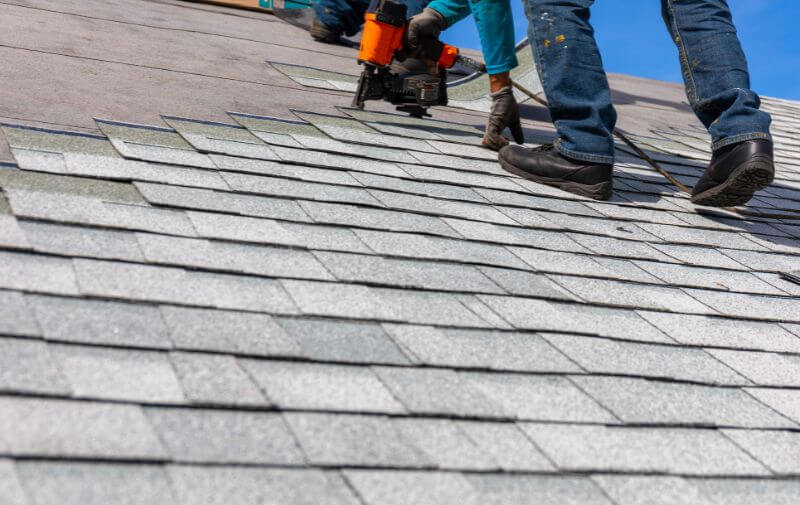
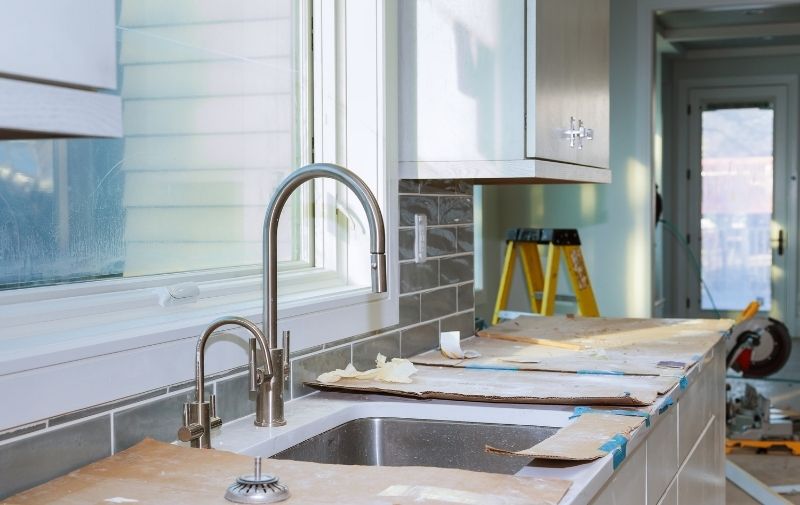

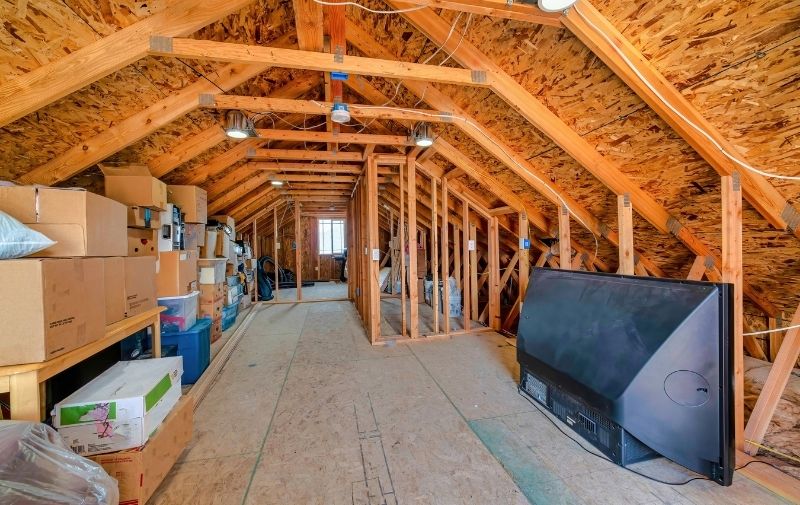
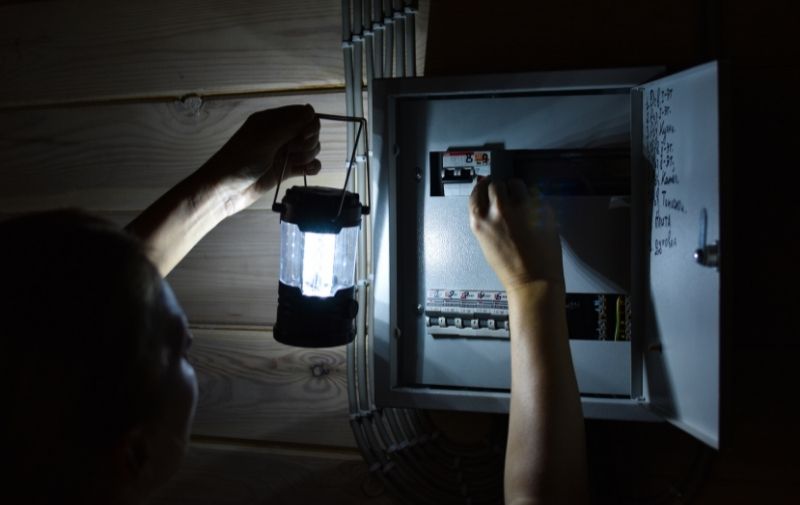
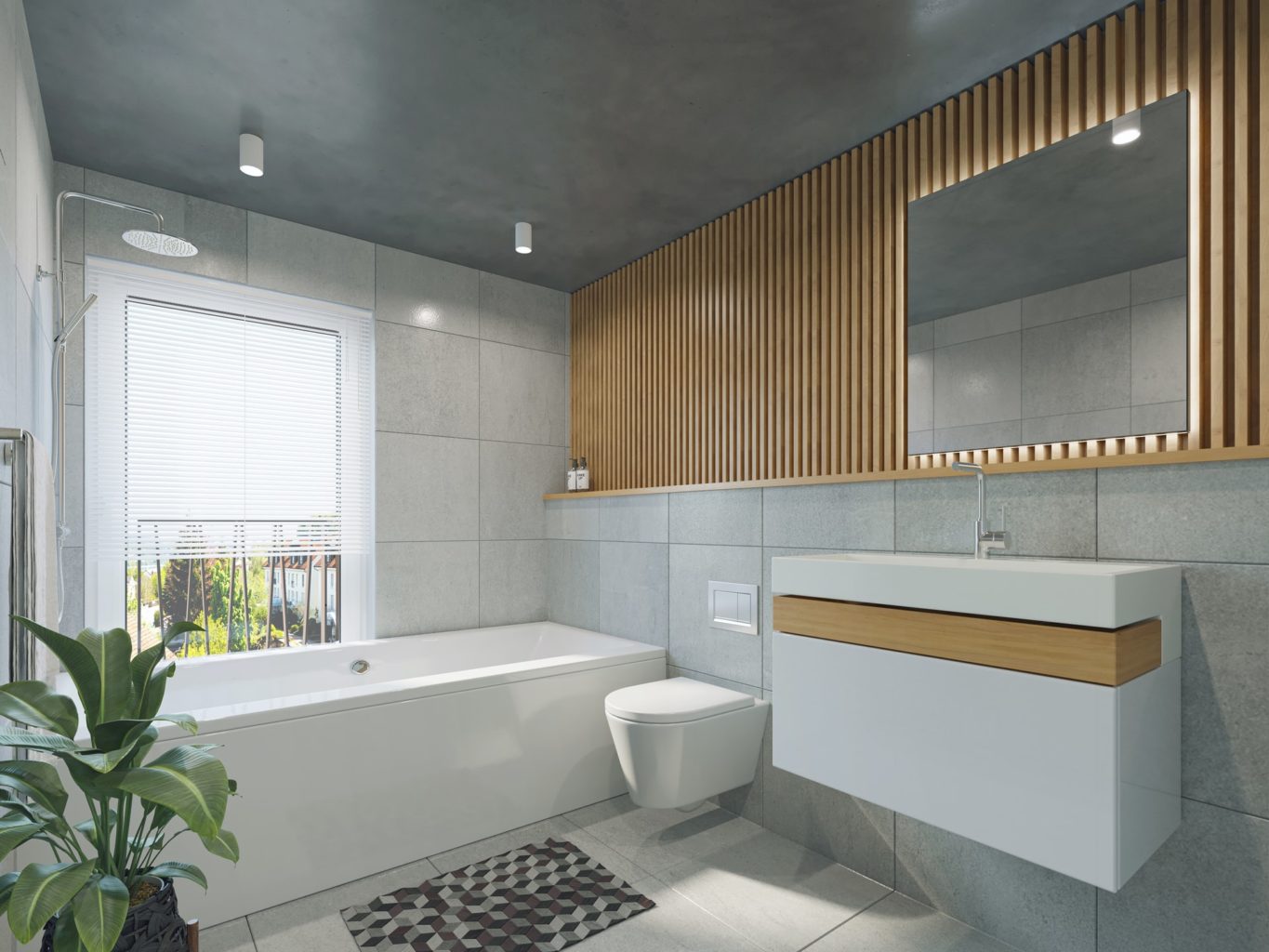
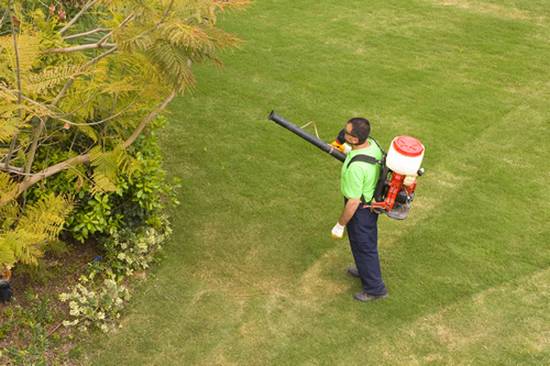
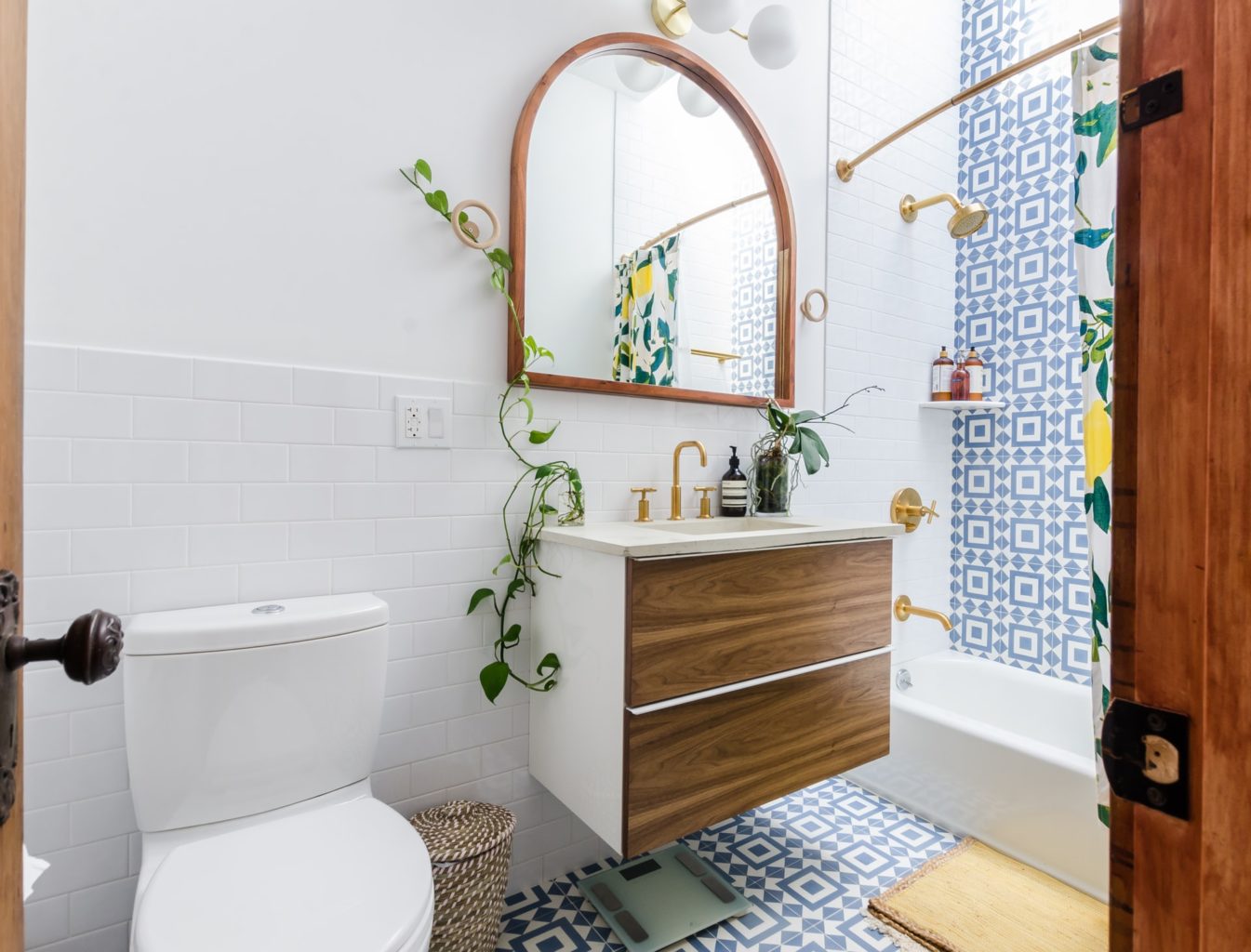



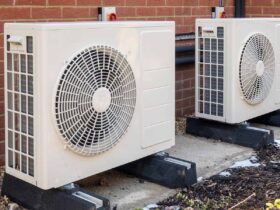
Leave a Reply